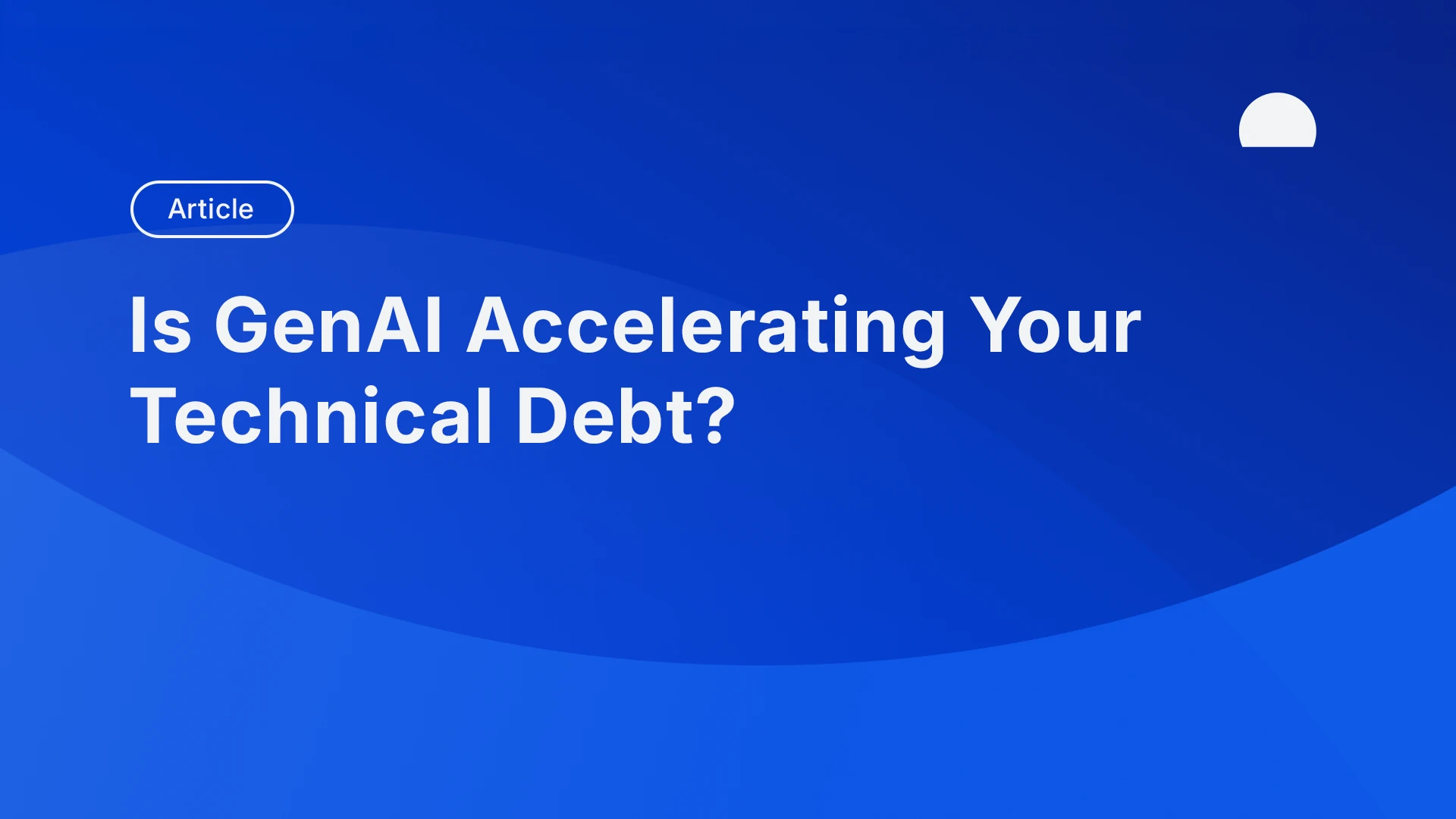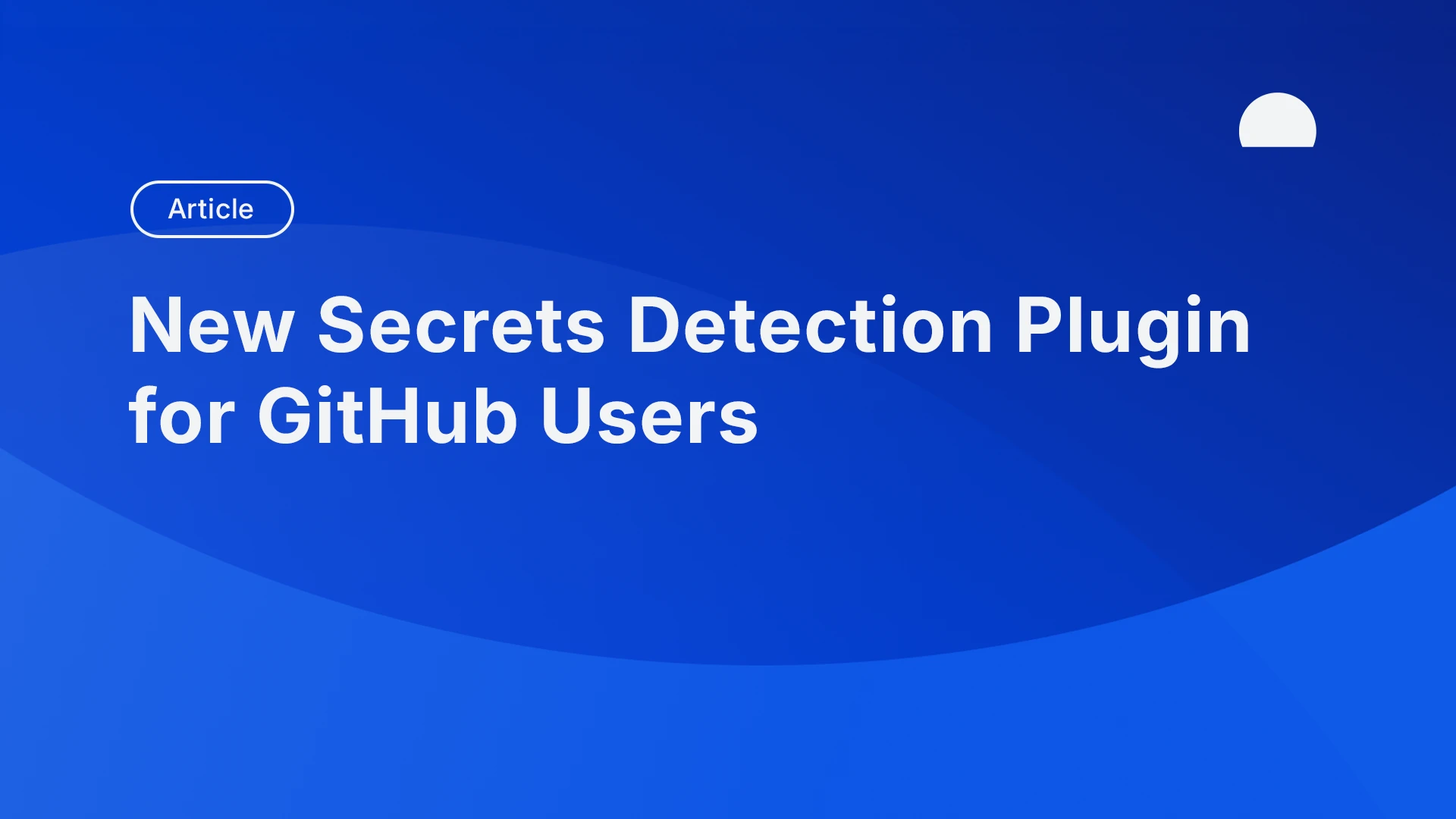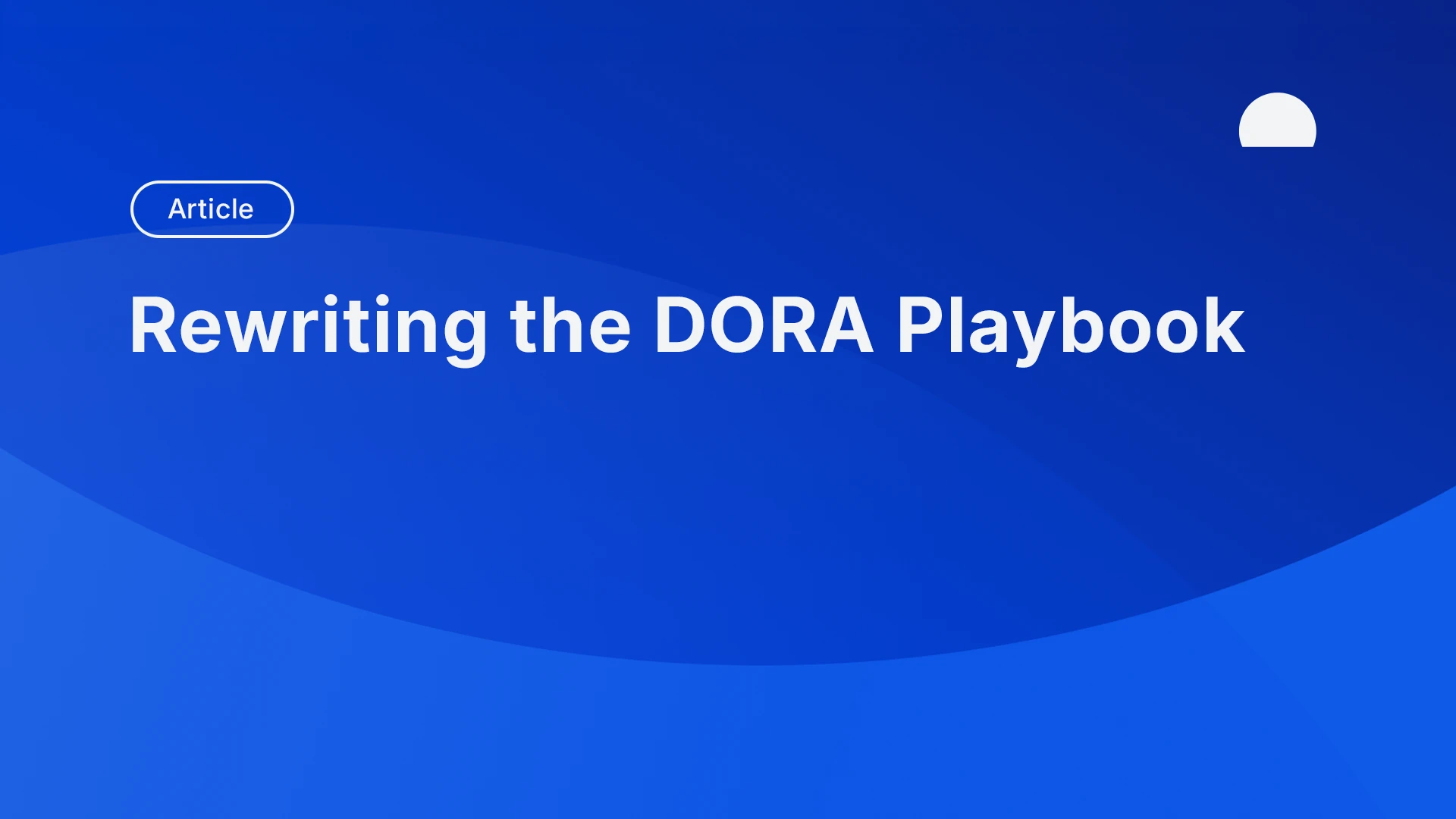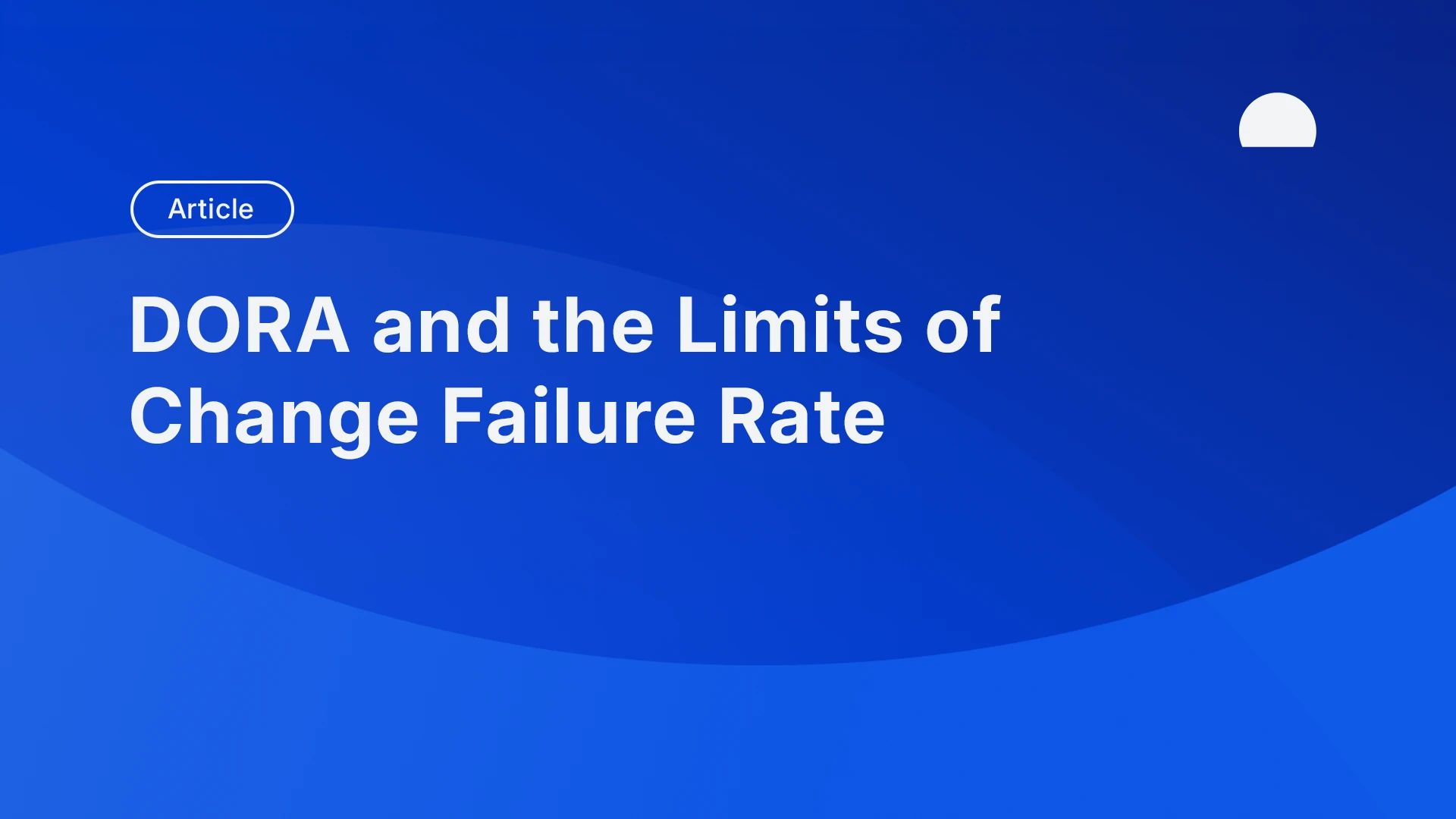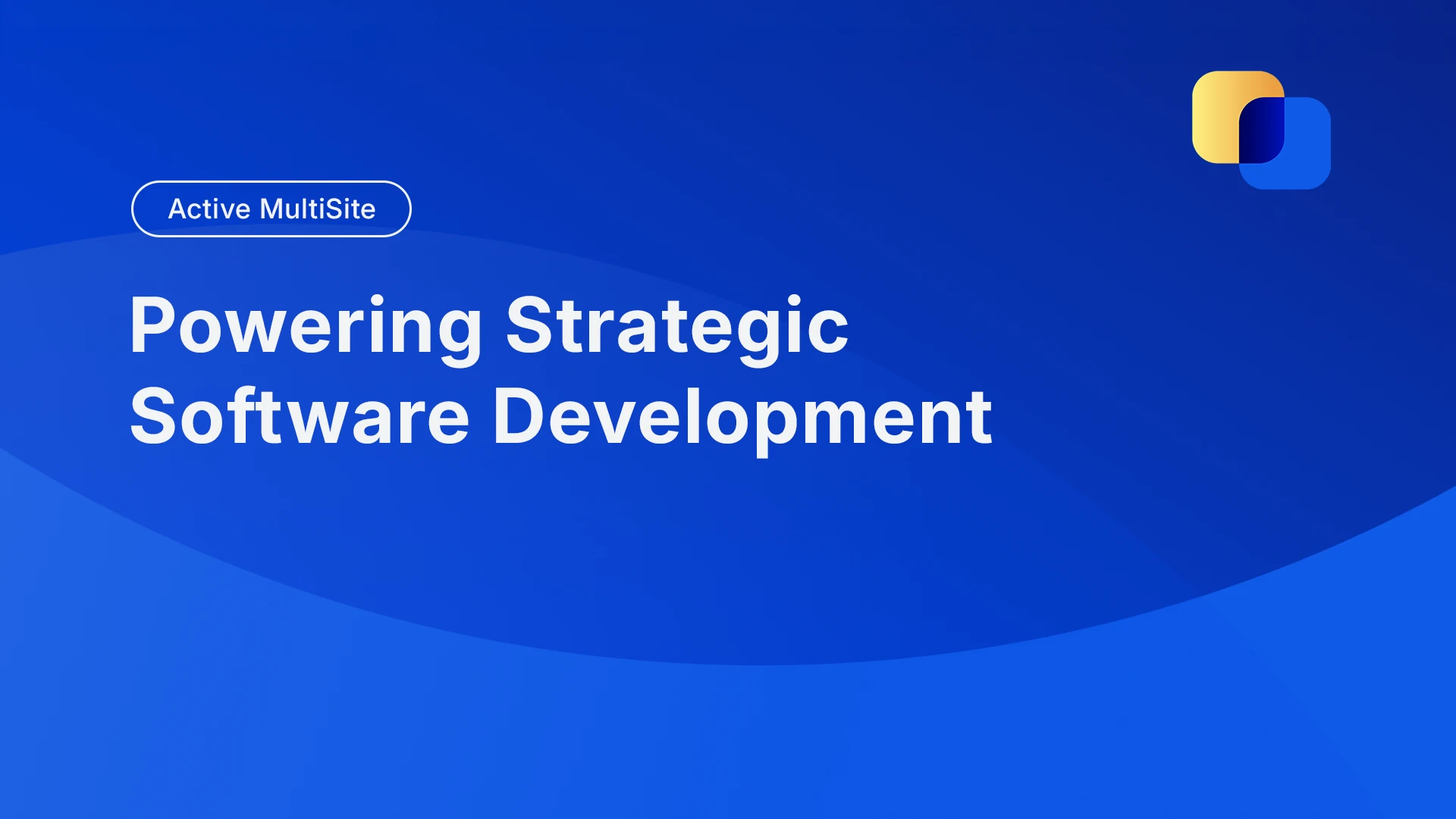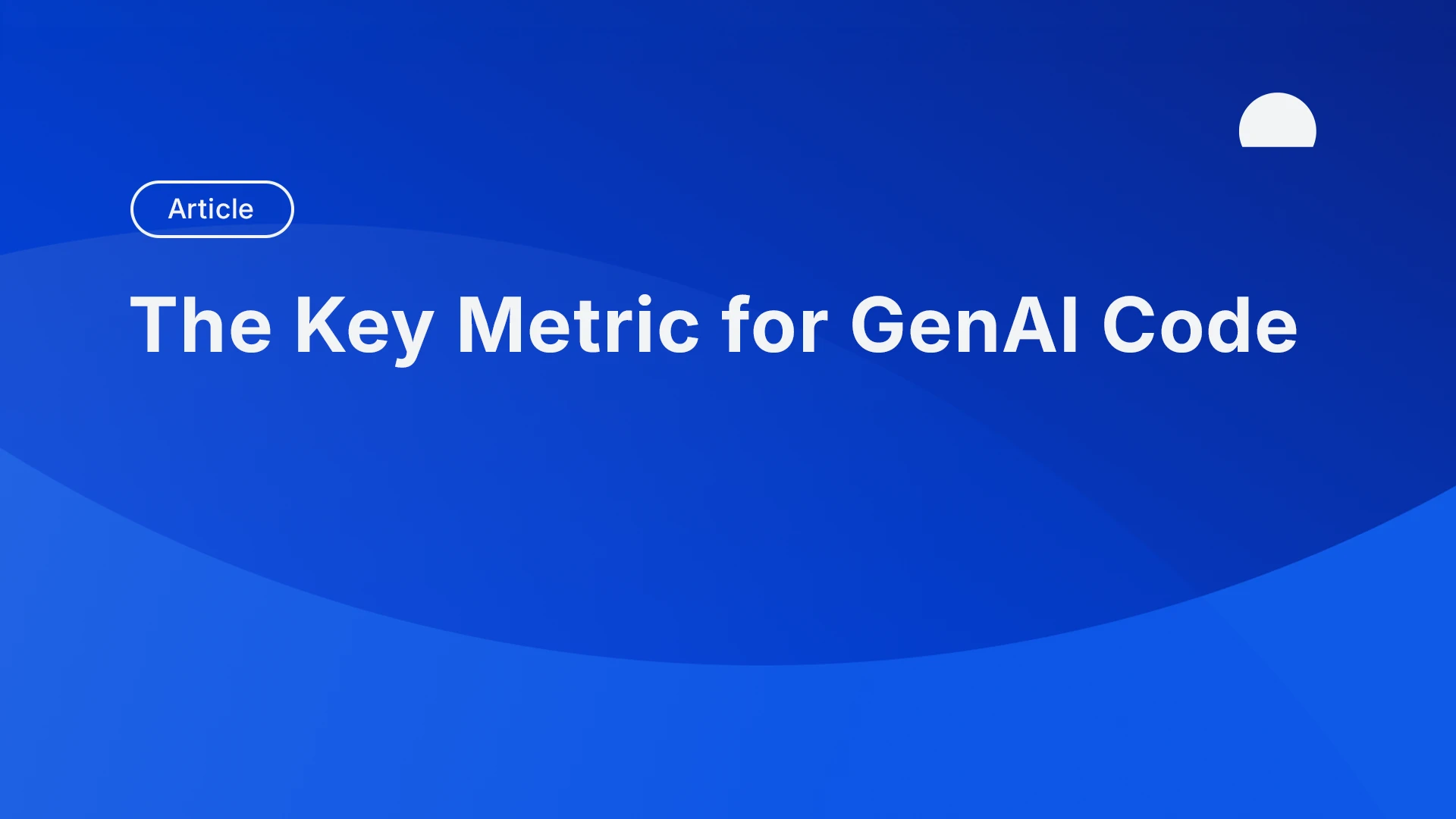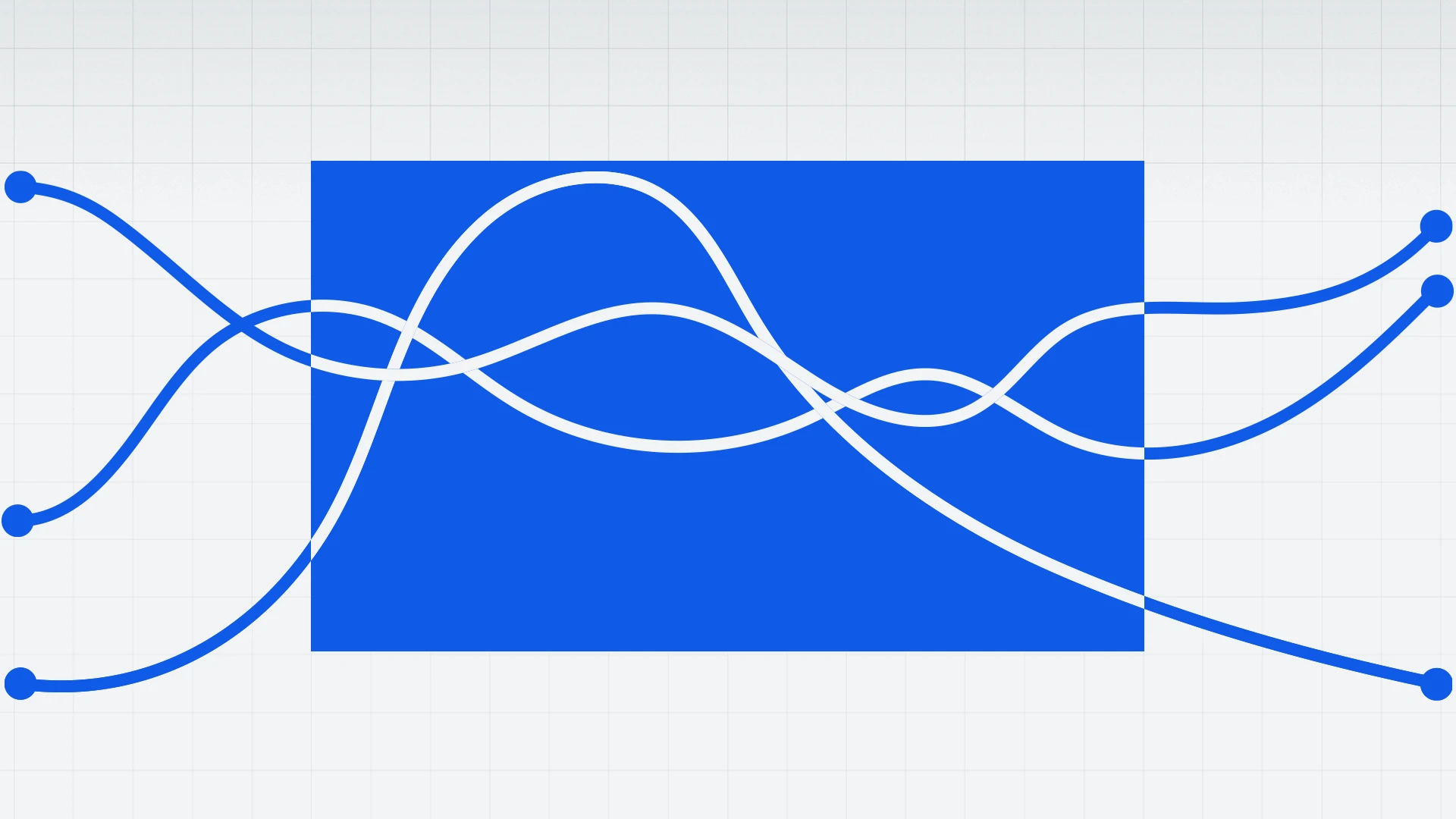Mind the AI Measurement Gap: The Metrics That Matter
Most AI metrics track speed, not resilience. Learn where performance gains turn into technical debt, and how to measure what really matters.

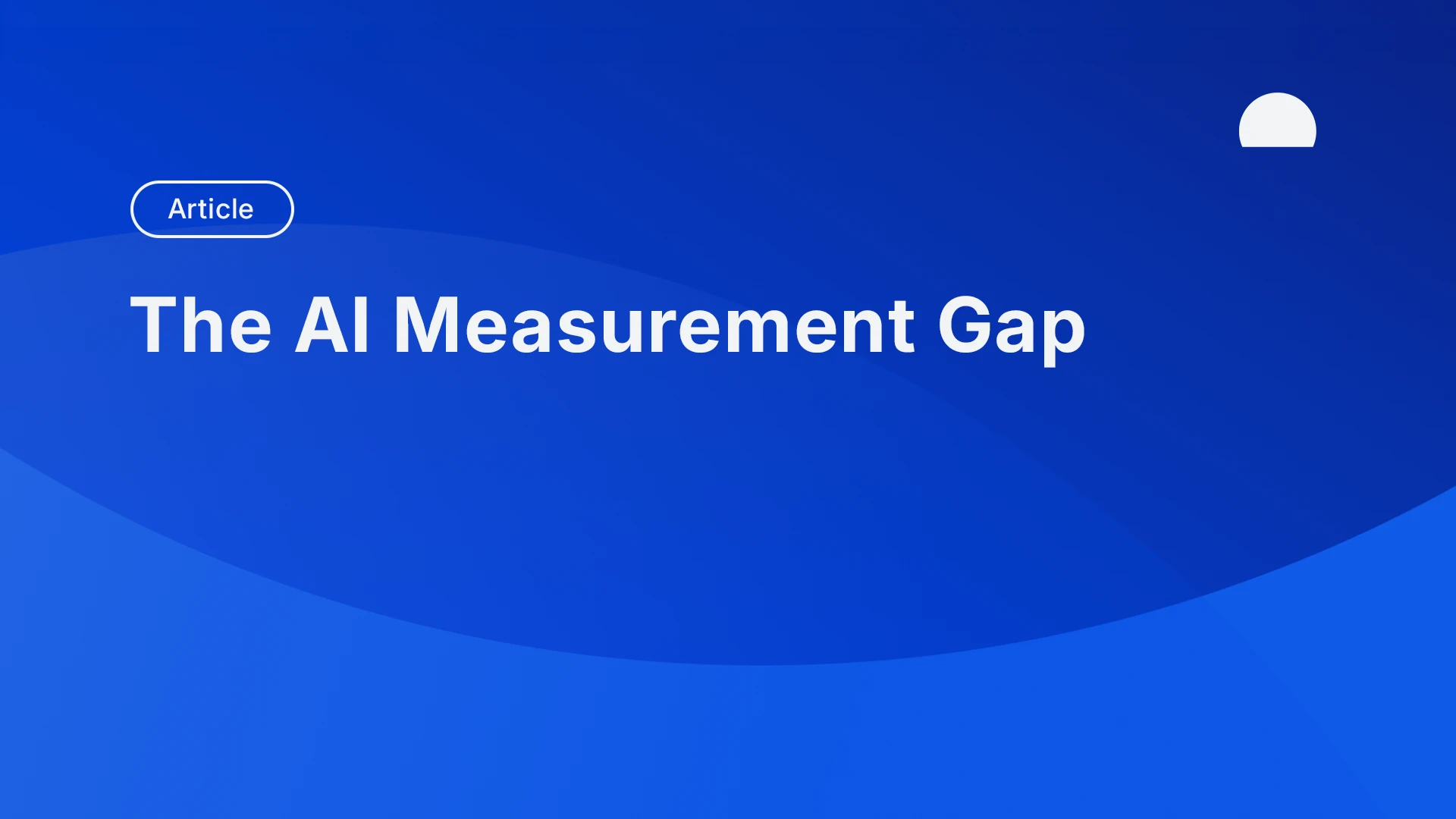
In our last post, we introduced Coding Effort — the “horsepower” metric that gives GenAI code a measurable, comparable unit of output.
It showed leaders how to stop guessing at AI productivity and start measuring real work delivered. But horsepower only gets you so far if you’re watching the wrong dashboard.
Many teams are still tracking velocity charts and deployment counts — useful indicators, but they’re still blind to what’s happening underneath.
That’s the AI Measurement Gap: the distance between feeling faster and actually being stable. And the organizations that will win the AI era are the ones closing that gap now.
Key Takeaways
- AI helped developers regain lost productivity, but didn’t improve overall performance.
- Code maintainability declined 0.26 percentage points between 2018-25, reversing years of steady improvement.
- Vulnerability rates jumped 13× at higher automation levels.
- Traditional metrics (velocity, commits, lines of code) can rise even as risk accumulates.
- The next performance advantage isn’t adoption speed, it’s measurement maturity.
The Problem: Your Metrics Look Healthy — Until They Don’t
Ask any engineering leader what they track post-AI adoption, and you’ll hear the same list:
velocity, commits, lead time, and deployment frequency.
They’re solid operational indicators, but they all describe motion, not direction. Our recent study of longitudinal data between 2018-25 shows why that’s dangerous: what looks like progress often hides decline.
- Productivity recovered +14.29% after widespread AI adoption (2023–25).
- Maintainability dropped –0.26pp.
- Vulnerability rates rose 13× once human review dropped off at high automation levels.
Across 4 billion lines of code and thousands of engineering teams, we saw the same curve repeat: as GenAI accelerates output, quality quietly erodes. Productivity has rebounded (effectively restoring what was lost) but maintainability has slipped and vulnerabilities have surged.
It’s a clear warning signal. When automation outpaces oversight, gains become fragile. Code ships faster but gets harder to maintain, harder to secure, and more expensive to fix later.
What Causes the AI Measurement Gap?
AI obviously changed how code gets written. But it’s also led to a measurement blind spot driven by:
1. Automation Bias – Developers trust AI-generated code more than their own, skipping deep reviews.
2. Cognitive Offloading – Human attention shifts from problem-solving to prompting, letting edge cases slip through.
3. Legacy KPIs – Traditional metrics can’t detect these shifts, so risk grows invisibly.
The result? Organizations think they’ve accelerated when they’ve actually lost control.
What You Should Measure
No engineering leaders come to us crying, ‘We need more data!’. But they do tell us they need different data. It’s why high-performing teams are already upgrading their dashboards to capture how AI actually affects code health.
And it’s what will set them apart from those organizations still relying purely on DORA metrics or manual inputs. With huge investment in AI initiatives across every industry, now’s the time to determine whether adoption is compounding value, or compounding risk.
| What most teams measure | What the best teams add | Why this matters |
|---|---|---|
| Output volume | Intellectual level per change | Reveals if complexity is rising or falling |
| Cycle time | Maintainability trend | Shows if speed is sustainable |
| Velocity charts | Technical debt accumulation | Predicts future incident rates |
| Commits merge | Vulnerability rate per automation level | Identifies security risk before production |
What this Means for Your Team
- CIOs/VPs Engineering: Data-backed ROI story for board presentations
- Heads of DevEx: Early warning system before quality collapses
- CISOs: Audit-ready security visibility across automation levels
- Finance: Quantifiable link between AI spend and engineering efficiency
How to Close the AI Measurement Gap
The most successful teams take three practical steps to build visibility fast. You can implement them depending on your level of measurement sophistication, starting with manual approaches today or accelerating with automated measurement platforms.
Step 1: Establish AI Code Provenance
Know what's written by humans vs. AI, and at what automation level.
Start simple:
- Tag AI-assisted commits with [AI] in commit messages
- Survey teams monthly on AI tool usage
- Track which repos have highest AI adoption
Scale up:
- Configure version control to auto-tag commits from AI tools
- Use static analysis to detect AI code patterns
- Deploy authorship detection to classify automation levels automatically (our platform does this natively)
Goal: Within 30 days, answer "What % of our code is AI-generated, and where?"
Step 2: Track Maintainability as a KPI
Measure if code is getting easier or harder to change over time.
Start simple:
- Run SonarQube on 3-5 critical repos monthly
- Document baseline complexity scores
- Ask senior engineers: "Is the codebase getting easier or harder to work with?"
Scale up:
- Integrate quality scanning into CI/CD pipeline
- Set quality thresholds for new code
- Track maintainability trends alongside productivity (our ART metrics do this automatically)
Goal: Within 60 days, answer "Is our code quality improving or declining?"
Step 3: Quantify AI’s ROI in System Terms
Move beyond 'feels faster' to measuring total system efficiency.
Start simple:
- Calculate baseline cost-per-commit
- Track incident rates and time spent on rework
- Document current technical debt backlog size
Scale up:
- Build ROI model: (speed gains) - (rework costs + incidents + security fixes)
- Track "technical debt velocity" — backlog growth vs. resolution rate
- Measure maintainability-per-dollar by automation level (we quantify both sides automatically)
Goal: Within 90 days, answer "Is AI making us more efficient overall, or just faster short-term?"
Together, these steps create visibility between your DevOps stack and leadership dashboards showing what AI is really doing to your codebase.
Measuring Maturity: Where Does Your Organization Stand?
Use this quick check to gauge your visibility:
- We track productivity and maintainability trends together
- We can identify which commits are AI-generated
- We track vulnerability rates by automation level
- We measure technical debt accumulation over time
- Senior engineers review >50% of AI-assisted code
- AI-specific quality gates are active pre-production
Your score:
0–2: Measuring speed, not impact (high risk)
3–5: Partial visibility (moderate risk)
6+: Measuring what matters (low risk)
Most enterprises today fall in the middle: they’re aware, but not yet equipped.
The Next Differentiator: Resilience
Our seven-year dataset reveals what happens when AI scales without visibility: productivity rebounds, but maintainability and security trend down. It points to one clear truth: organizations that measure AI’s real impact sustain their gains; those that don’t, see them erode.
Make AI measurable, and you’ll have tighter control over cost, risk, and innovation speed as automation accelerates.
Our new whitepaper, “Stability, Plague, Then AI”, explores how 4 billion lines of code reveal the real trade-offs between speed, quality, and security — and how to stay ahead of them.



